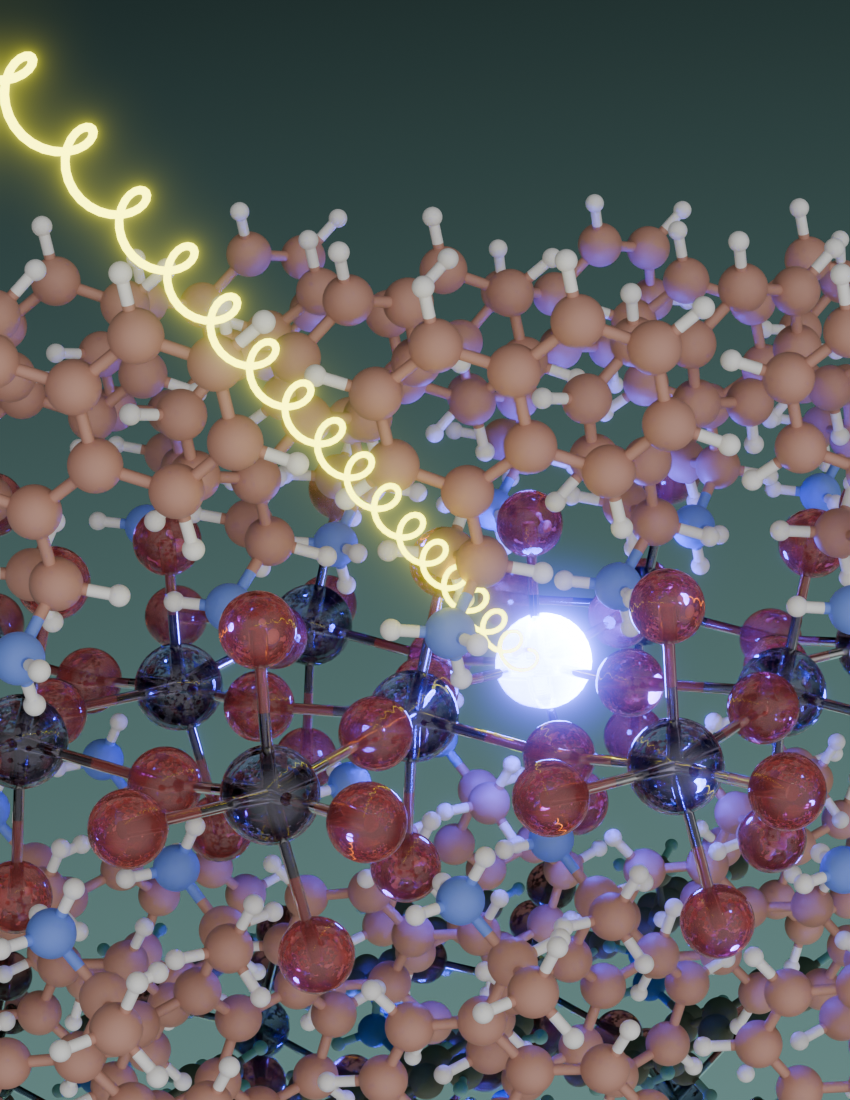
Congratulations to Andrew Grieder, Shihao Tu, and Yuan Ping for their work on “Relation of Continuous Chirality Measure to Spin and Orbital Polarization, and Chiroptical Properties in Solids”, published in Advanced Optical Materials on September 30! Link to the published article.
Chirality introduces intriguing topological, electronic, and spin-optronic properties to molecules and solids. In this work, a quantitative metric is provided for the degree of chirality in solids, independent of the type of system and the dimensionality, through the continuous chirality measure (CCM). The correlation between CCM and spin and orbital angular momentum (OAM) polarization is quantitatively analyzed, as well as circular dichroism (CD) and the circular photogalvanic effect (CPGE). By internal spin-orbit field analysis, a distinct character is demonstrated (proportionality among Rashba, Deresselhaus, and Weyl contributions) and chirality dependence among different chiral solids. Furthermore, unlike CD, it is found that absorption dissymmetry factor gCD can remain unchanged as a function of chirality and show anisotropic dependence on CCM. In addition, it is showed that the relation between CCM and CPGE is rather complex. At low excitation energy close to the bandgap transition, the CCM continuously tunes the total SOC, and therefore, the CPGE response. However, at high excitation energy, CPGE includes more than just band edge transitions, which complicates the relation of chirality and CPGE due to changes in the optical dipole strength and electron-hole group velocity difference. Ultimately, this causes CPGE to be only correlated with chirality at excitation energies close to the band edge. At the end, strategies of manipulating chiral-optical properties through chirality transfer at interfaces or applying strain are discussed. The insights developed in this work will inspire the design of materials for future spintronics and orbitronics, as well as spin-optronics applications.
The authors acknowledge support for the theoretical and code development of optical activity, CPGE, and CCM by the computational chemical science program within the Office of Science at DOE under grant No. DE-SC0023301. The authors acknowledge the support for materials theory application as part of the Center for Hybrid Organic-Inorganic Semiconductors for Energy (CHOISE), an Energy Frontier Research Center funded by the Office of Basic Energy Sciences, Office of Science within the US Department of Energy (DOE).